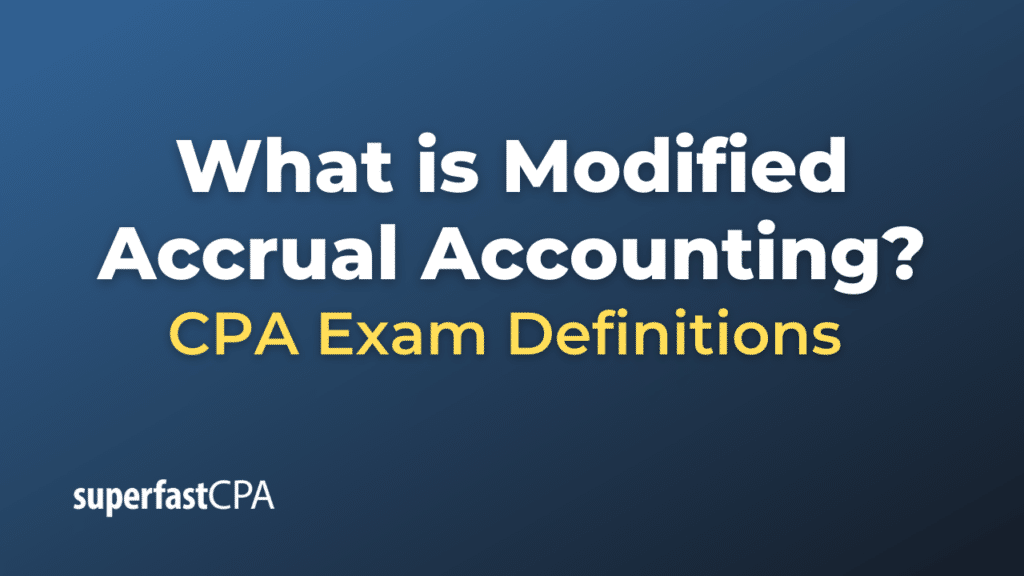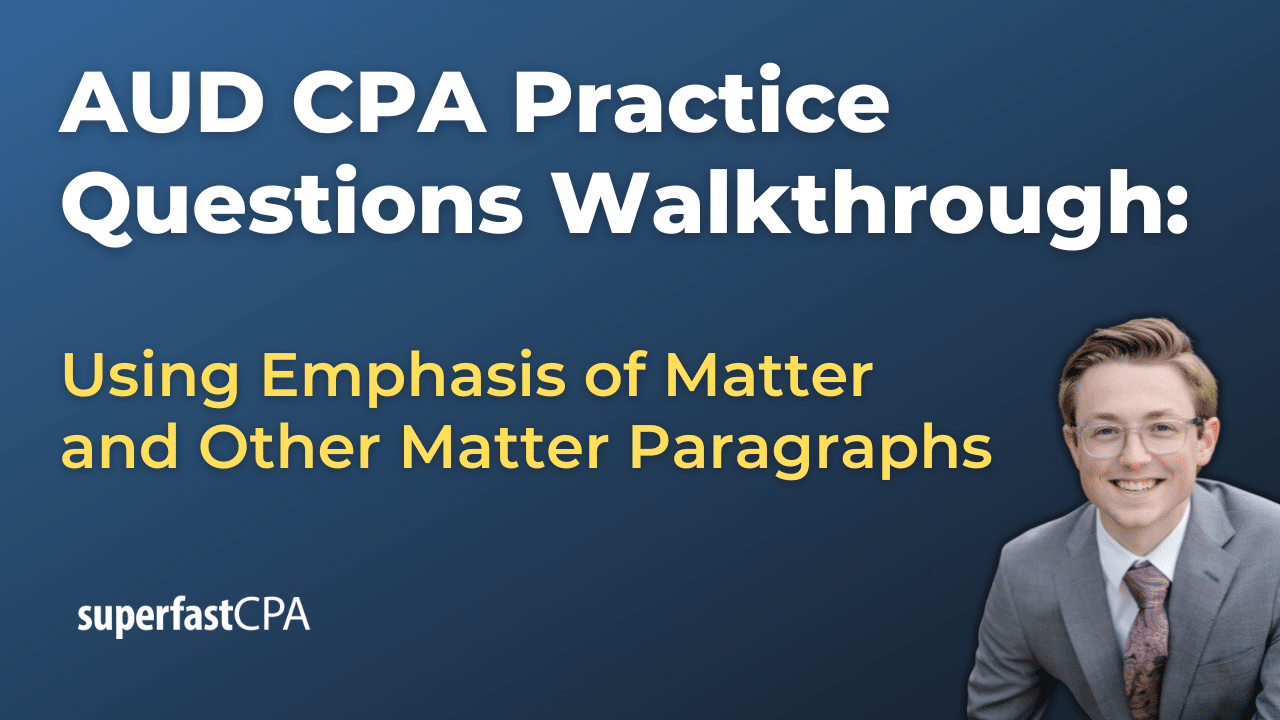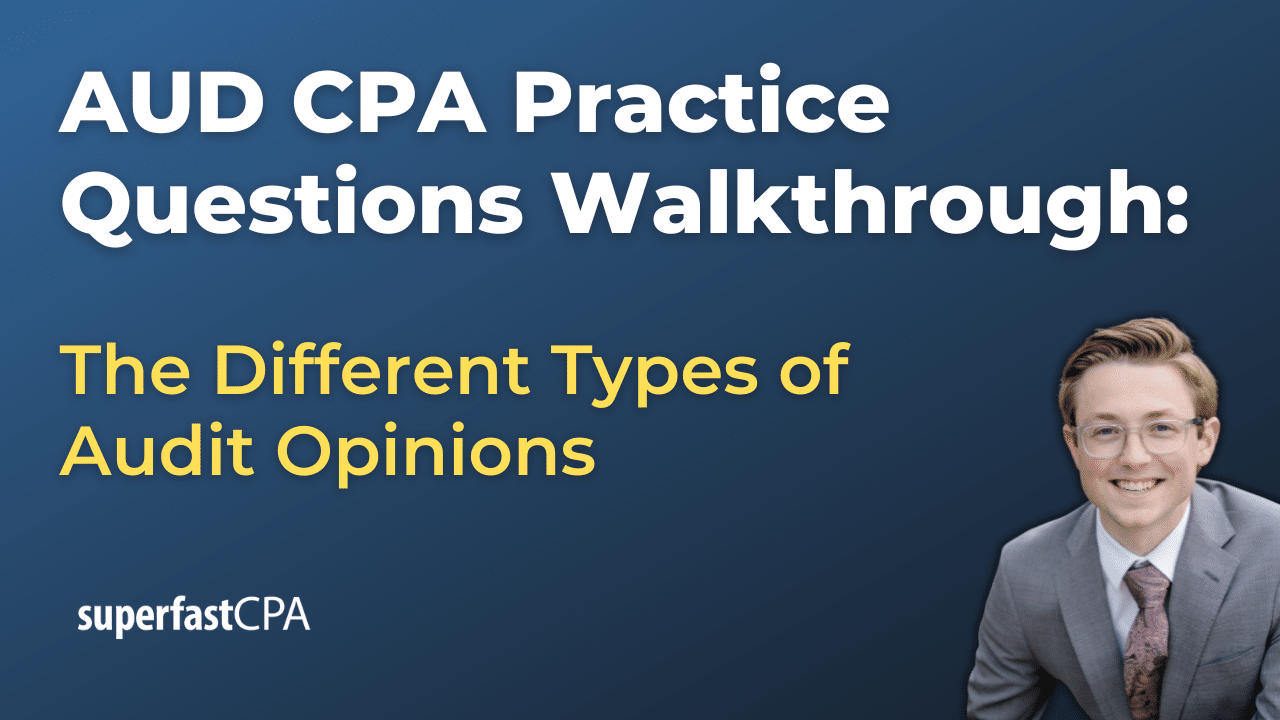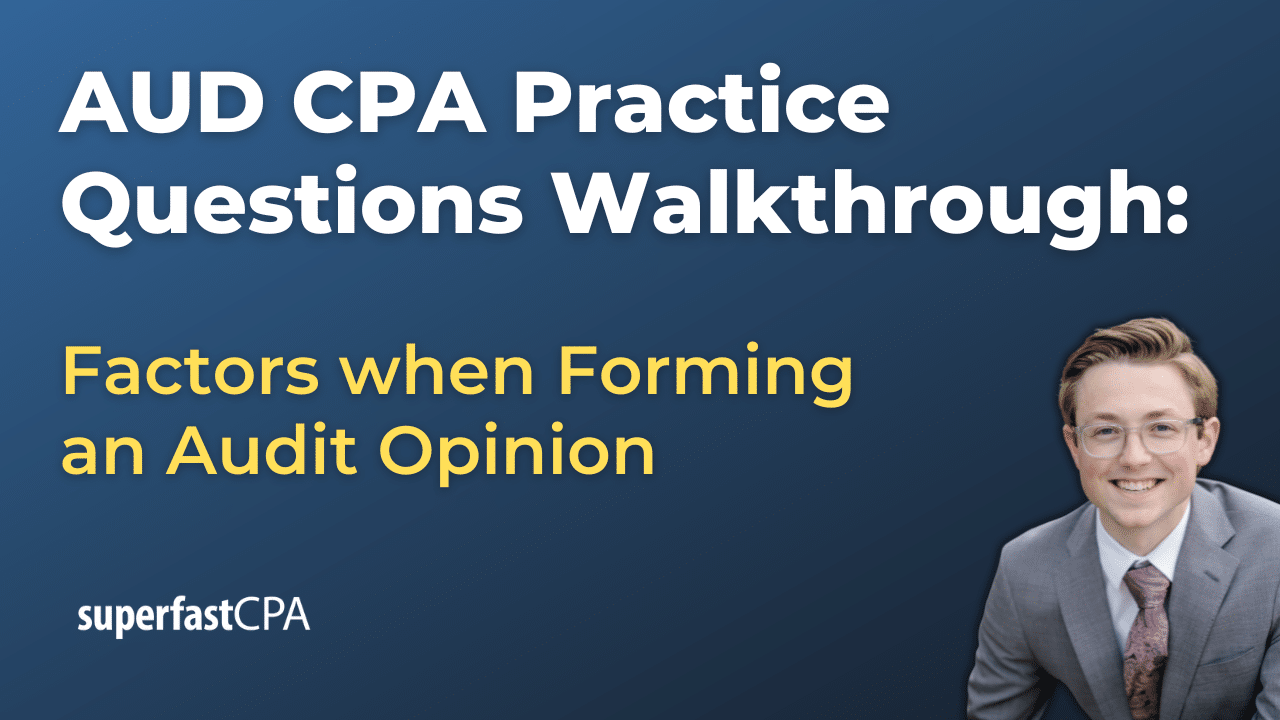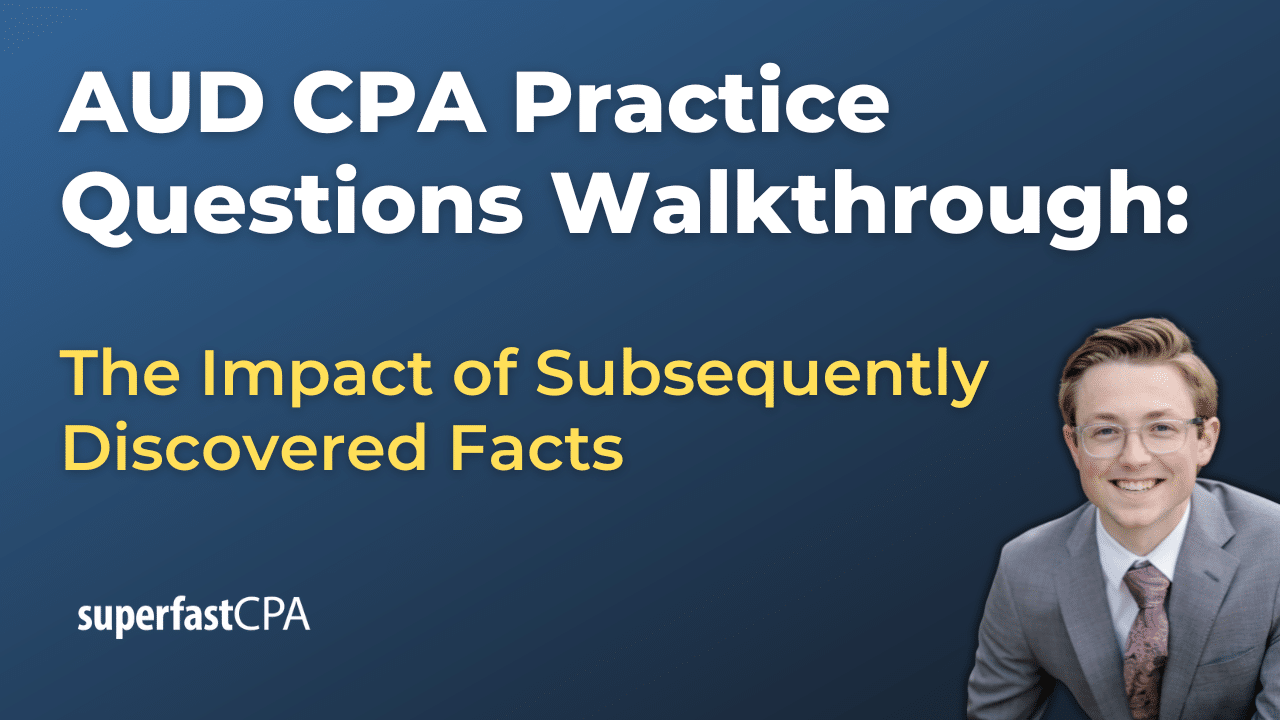Modified Accrual Accounting
Modified accrual accounting is a method of accounting commonly used by government agencies that combines elements of cash basis and accrual basis accounting.
Under the accrual basis, revenues are recognized when earned and expenses are recognized when incurred, regardless of when cash is actually received or paid. On the other hand, under the cash basis, revenues are recognized when cash is received and expenses are recognized when cash is paid.
Modified accrual accounting attempts to merge these two approaches. Generally, it recognizes revenues when they become measurable and available to finance expenditures of the current period, and it recognizes expenditures (rather than expenses) when liabilities are incurred, regardless of when payment is made.
The term “available” means collectible within the current period or soon enough thereafter to be used to pay liabilities of the current period. Therefore, the focus of modified accrual accounting is more on the flow of current financial resources rather than on the recognition of economic income and expenses.
This method is widely used in public accounting for government entities, including municipalities and school districts, due to its suitability for these entities’ revenue sources and spending structures. Modified accrual accounting allows these entities to focus on near-term inflows and outflows of resources, as well as on balances of resources available for spending.
The Generally Accepted Accounting Principles (GAAP) in the United States, as set forth by the Governmental Accounting Standards Board (GASB), require the use of modified accrual accounting for governmental funds.
Example of Modified Accrual Accounting
Let’s consider a city government as an example.
Suppose the city government imposes property taxes on its residents every year. These taxes are levied in November and are due by the end of February of the following year.
Under the modified accrual basis of accounting, the city would recognize the revenue from these property taxes when they become measurable and available. So, even though the taxes are levied in November, they wouldn’t be considered “available” until they are due in February. Therefore, if the city is operating on a calendar fiscal year (January to December), the revenue would be recognized in the fiscal year of February when the taxes are due and not in November when they are levied.
Now, consider a situation where the city signs a contract in December to have some roadwork done, and the contractor completes the work in that same month and sends an invoice. The city plans to pay the invoice in January. Under modified accrual accounting, the city would recognize the expenditure in December when the liability is incurred (i.e., when the roadwork is completed), not in January when the cash is actually paid.
This example illustrates how modified accrual accounting combines elements of both accrual and cash basis accounting, recognizing revenues when they become available and expenditures when liabilities are incurred.

